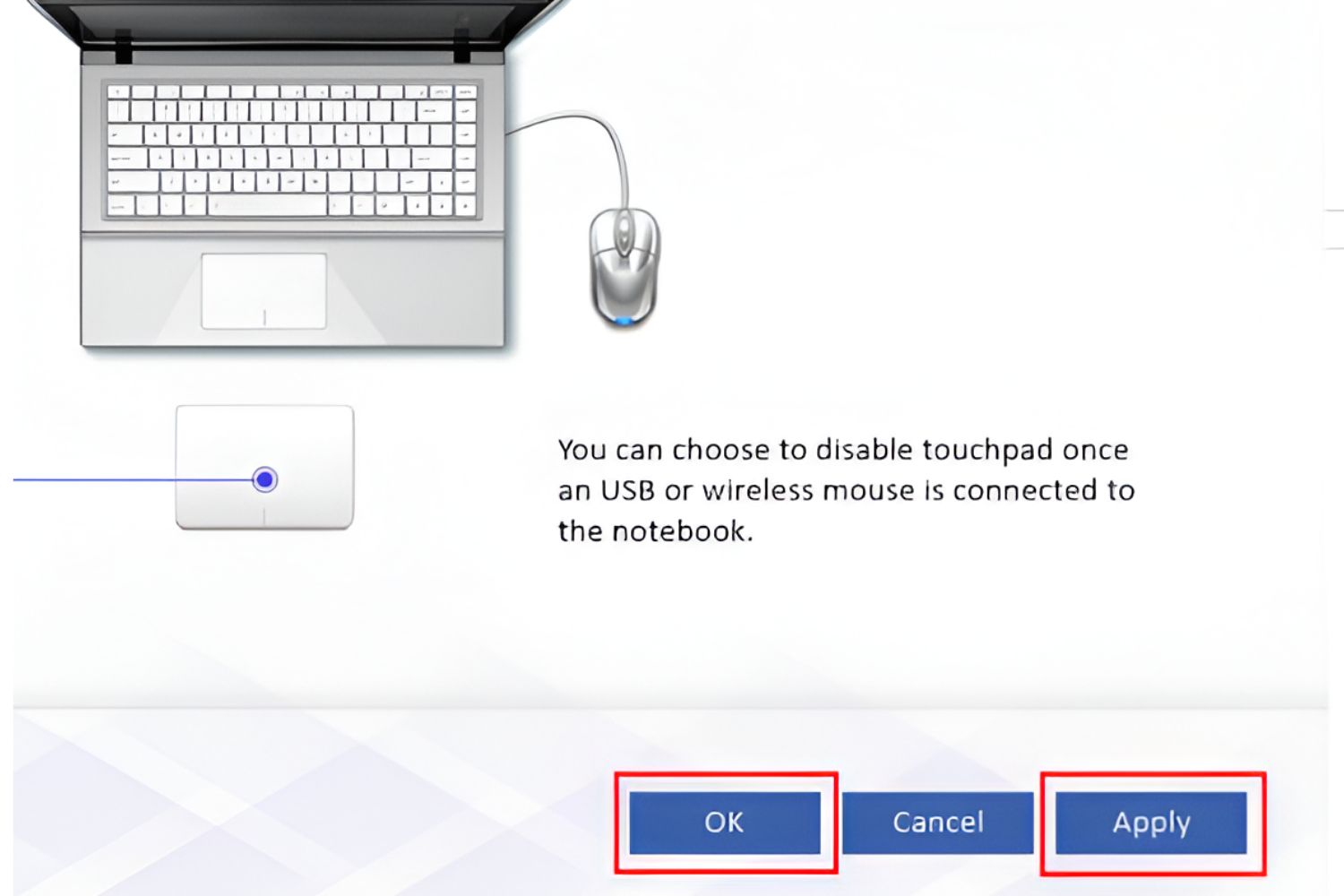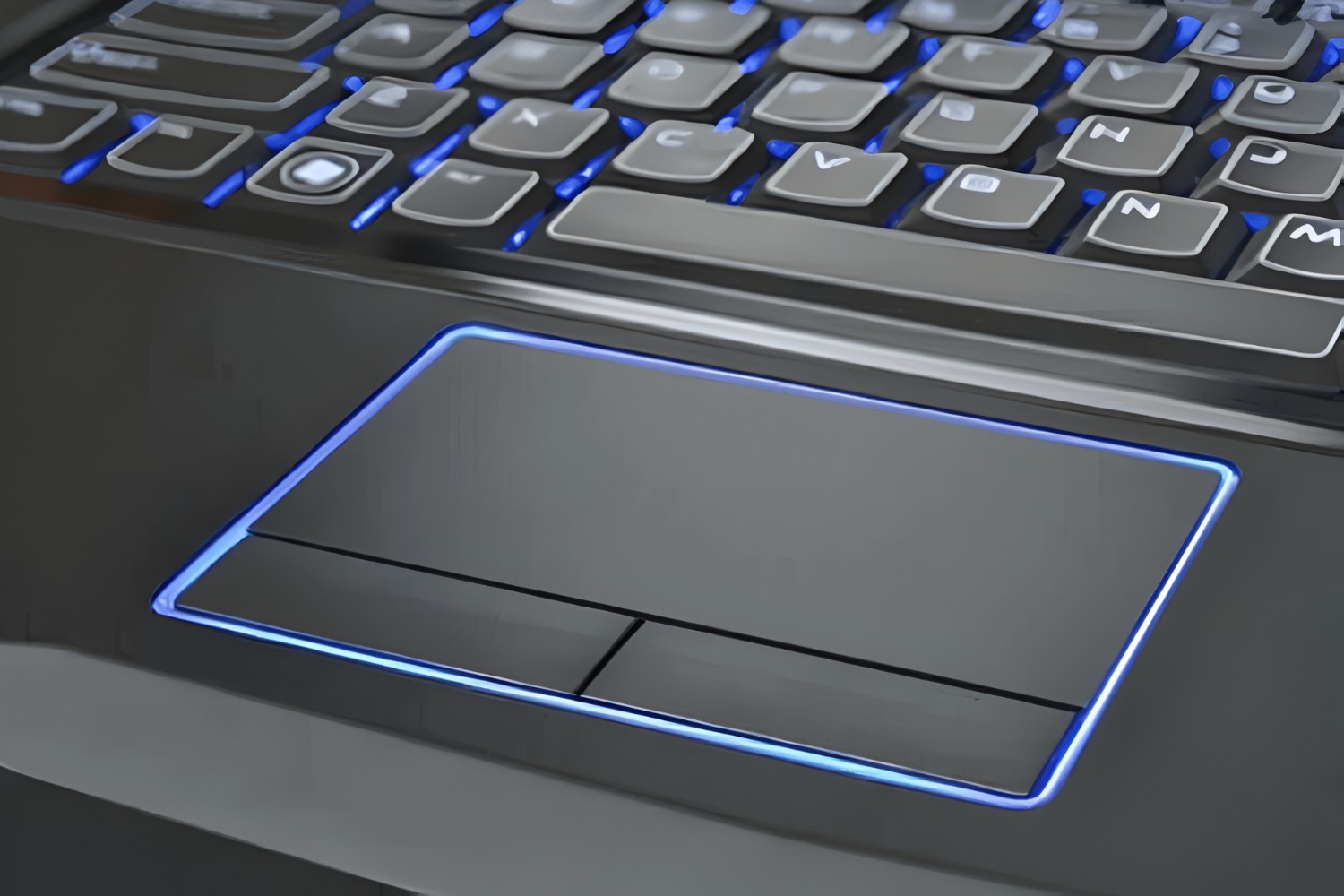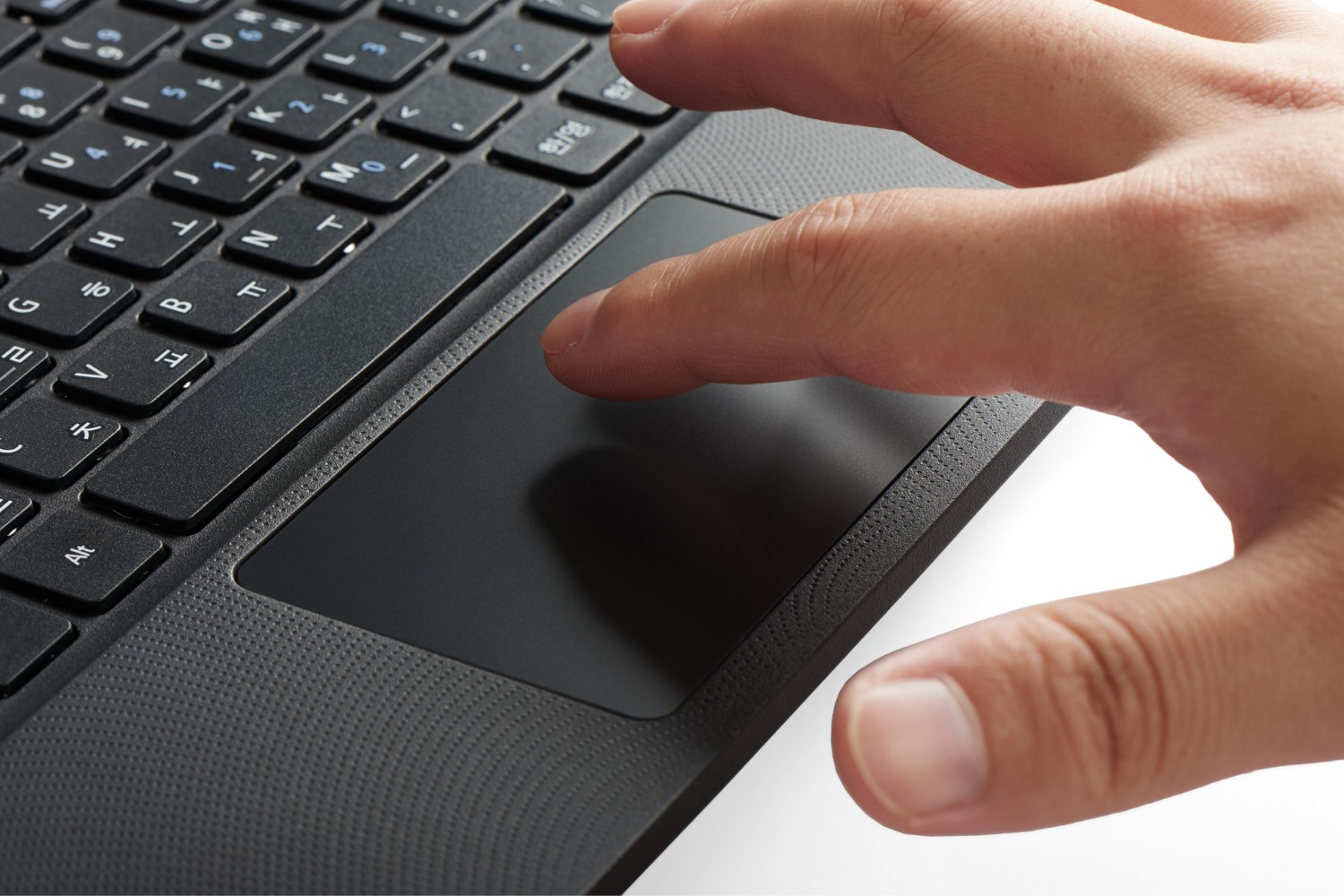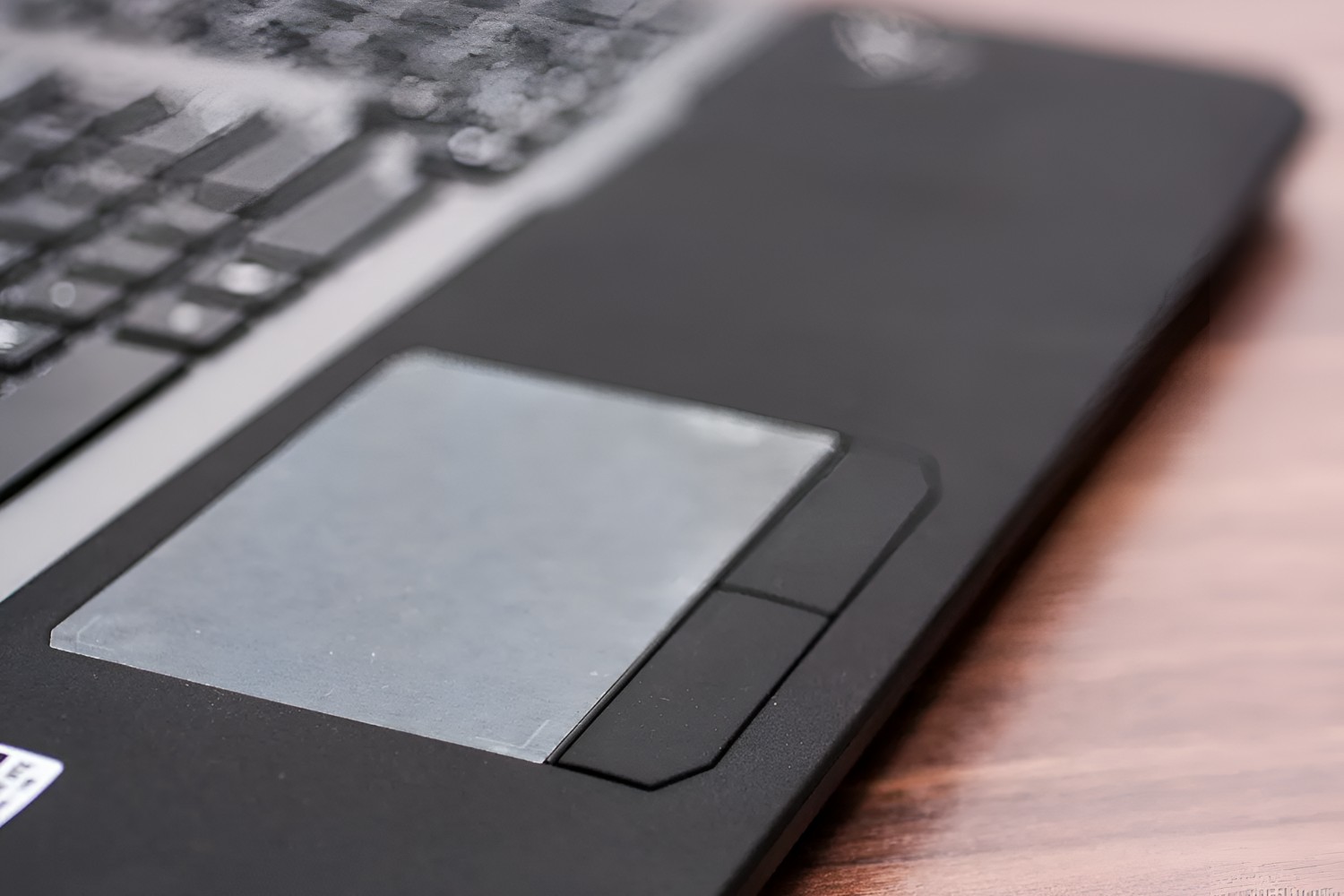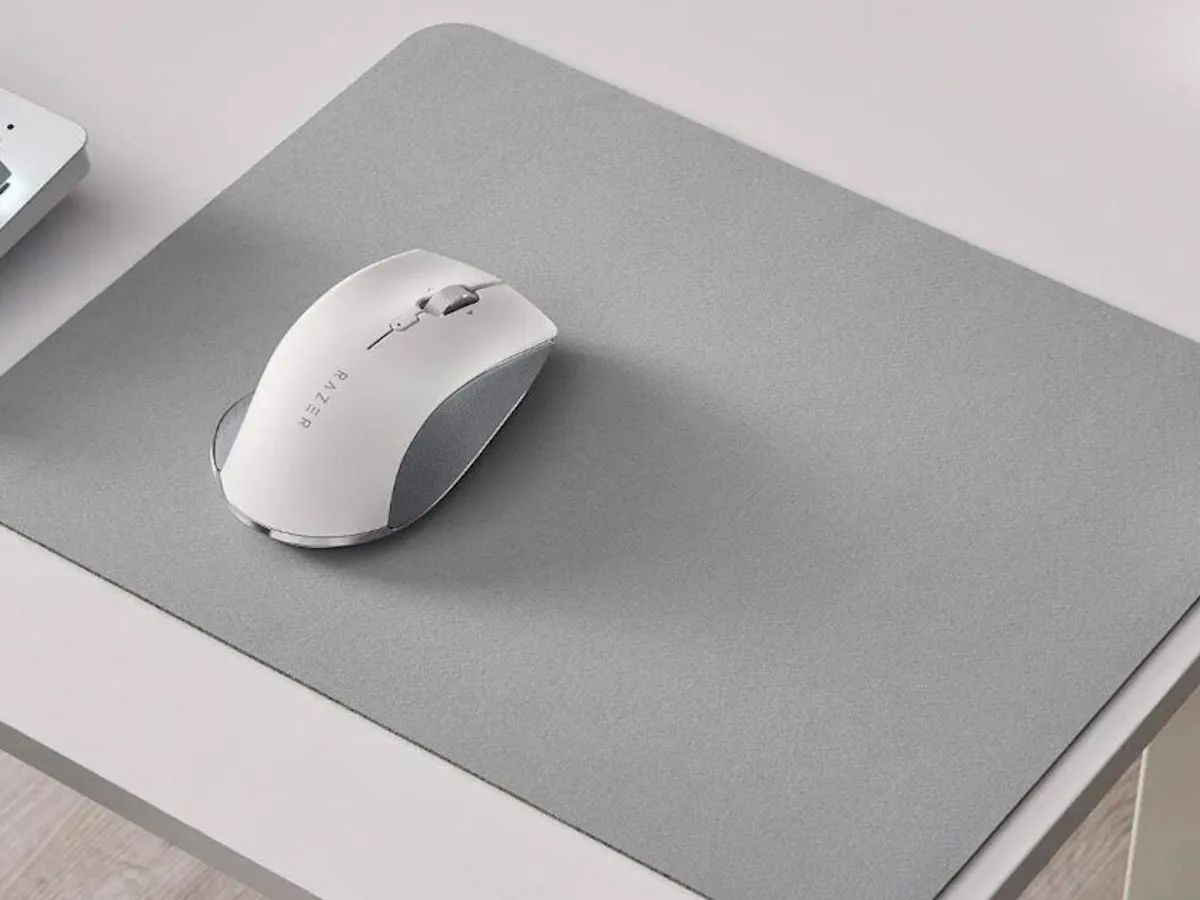Introduction
Introduction
Laptops are indispensable tools for both work and leisure, offering portability and convenience. However, the built-in touchpad, while useful in many scenarios, can become a nuisance when an external mouse is connected. This often leads to accidental cursor movements and clicks, disrupting the user experience. Fortunately, there are several methods to disable the laptop's touchpad when an external mouse is in use, providing a seamless and frustration-free computing experience.
Navigating through the Device Manager, adjusting mouse settings, and leveraging third-party software are among the effective approaches to tackle this issue. Each method offers its own set of advantages, catering to diverse user preferences and technical proficiency. By exploring these methods, users can find the most suitable solution for their specific needs, ensuring a smooth transition between touchpad and external mouse usage.
Now, let's delve into the step-by-step procedures for each method, empowering users to make informed decisions and optimize their laptop usage. Whether it's for productivity at work, immersive gaming experiences, or seamless browsing, the ability to disable the touchpad when an external mouse is connected is a valuable asset for laptop users.
Method 1: Using Device Manager
Device Manager is a powerful tool in Windows operating systems that allows users to manage and control hardware devices connected to their computers. This method provides a straightforward way to disable the laptop’s touchpad when an external mouse is plugged in. Here’s a step-by-step guide on how to accomplish this through Device Manager:
- Open Device Manager: To access Device Manager, right-click on the Start button and select “Device Manager” from the menu. Alternatively, you can press the Windows key + X and choose “Device Manager” from the list.
- Locate the Touchpad: In the Device Manager window, expand the “Mice and other pointing devices” category to reveal the touchpad device. It is often labeled as “HID-compliant mouse” or includes the term “touchpad” in its name.
- Disable the Touchpad: Right-click on the touchpad device and select “Disable device” from the context menu. A confirmation dialog may appear, prompting you to confirm the action. Click “Yes” to proceed with disabling the touchpad.
By following these simple steps, users can effectively disable the laptop’s touchpad through Device Manager. When an external mouse is connected, the touchpad will remain inactive, preventing any unintended cursor movements or clicks. This method offers a native solution without the need for third-party software, providing a quick and efficient way to manage the touchpad’s behavior based on the presence of an external mouse.
Method 2: Using Mouse Settings
Another approach to disabling the laptop’s touchpad when an external mouse is connected involves adjusting mouse settings within the operating system. This method offers a user-friendly way to manage the touchpad’s behavior and seamlessly transition between touchpad and external mouse usage. Here’s a detailed guide on how to accomplish this through mouse settings:
- Open Mouse Settings: Access the mouse settings by pressing the Windows key + I to open the Settings app. Then, navigate to “Devices” and select “Mouse” from the left-hand menu.
- Adjust Touchpad Options: Within the Mouse settings, locate the touchpad options or additional mouse options, depending on the specific configuration of the laptop. Look for settings related to touchpad behavior and sensitivity.
- Enable “Disable Touchpad when Mouse is Connected”: Some laptops offer a built-in option to automatically disable the touchpad when an external mouse is connected. If available, enable this setting to ensure that the touchpad becomes inactive when an external mouse is detected.
- Customize Additional Settings: Depending on the laptop model and the installed drivers, users may have the option to customize additional touchpad settings, such as gestures, scrolling behavior, and palm rejection. Adjust these settings according to personal preferences to enhance the overall user experience.
By leveraging the mouse settings within the operating system, users can conveniently configure the touchpad’s behavior to complement the use of an external mouse. This method provides a native and intuitive way to manage touchpad functionality, offering flexibility and customization options to align with individual preferences and usage scenarios.
Method 3: Using Third-Party Software
For users seeking advanced customization and additional features, third-party software can offer comprehensive solutions to disable the laptop’s touchpad when an external mouse is connected. These applications provide a range of options to fine-tune touchpad behavior, create custom profiles, and automate the process of enabling or disabling the touchpad based on external mouse detection. Here’s a detailed exploration of using third-party software to achieve this:
- Research and Select Software: Begin by researching reputable third-party applications designed to manage touchpad functionality. Look for software that offers the specific features and customization options that align with your preferences and requirements.
- Download and Install the Software: Once you’ve identified a suitable application, download and install it on your laptop. Follow the installation instructions provided by the software developer to set it up on your system.
- Configure Touchpad Settings: Launch the installed software and navigate to the touchpad settings or preferences. Explore the available options to customize touchpad behavior, create profiles, and enable features such as automatic touchpad disablement when an external mouse is connected.
- Explore Additional Features: Third-party software often offers advanced features such as gesture customization, multi-touch support, and fine-grained control over touchpad sensitivity. Take advantage of these features to tailor the touchpad experience to your liking.
By utilizing third-party software, users can access an array of advanced tools and features to manage the touchpad’s behavior in conjunction with an external mouse. These applications provide a high level of customization, automation, and flexibility, catering to the diverse needs and preferences of laptop users.
Conclusion
Managing the behavior of a laptop’s touchpad when an external mouse is connected is essential for optimizing the user experience and preventing inadvertent cursor movements. The methods outlined above provide versatile approaches to achieve this, catering to users with varying technical expertise and preferences.
By leveraging Device Manager, users can easily disable the touchpad through native Windows functionality, offering a quick and efficient solution without the need for additional software. Adjusting mouse settings within the operating system provides a user-friendly approach to tailor the touchpad’s behavior and seamlessly transition between touchpad and external mouse usage. For those seeking advanced customization and automation, third-party software offers a comprehensive array of features to fine-tune touchpad functionality and create personalized profiles.
Ultimately, the ability to disable the laptop’s touchpad when an external mouse is connected empowers users to tailor their computing environment to suit their specific needs, whether it’s for productivity, gaming, or general usage. By exploring these methods, users can optimize their laptop experience and enjoy a seamless transition between touchpad and external mouse usage, enhancing both efficiency and comfort.







